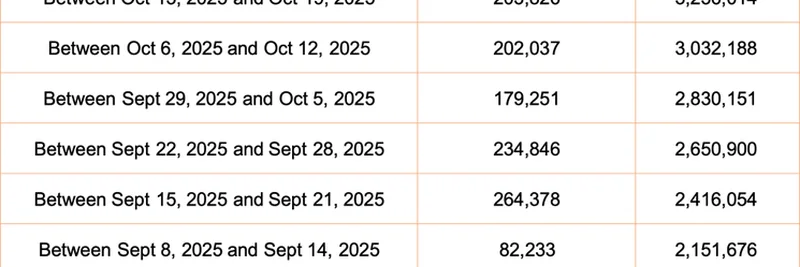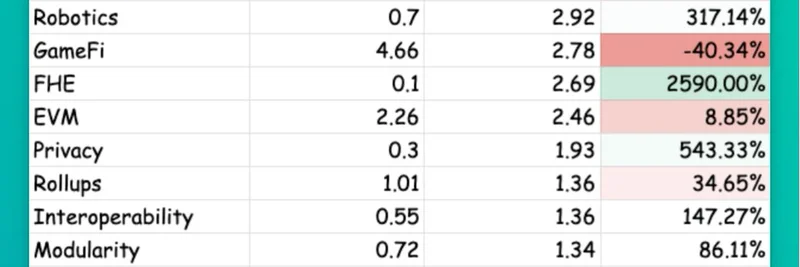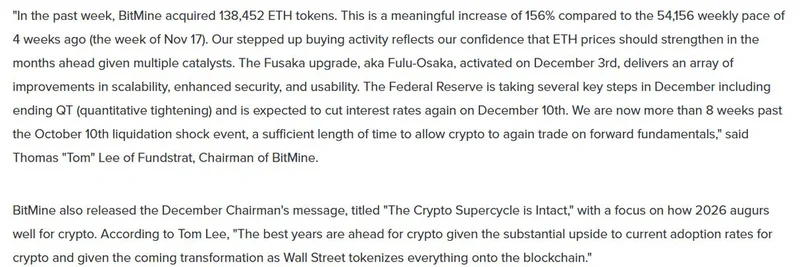Hey there, crypto enthusiasts and blockchain curious folks! If you’ve been keeping an eye on the latest trends in the financial world, you’ve probably heard whispers about a "stablecoin bank." On July 4, 2025, Bridget Harris dropped an intriguing thread on X (@bridge__harris/status/1941089341670834537) that dives deep into this concept. As a former editor-in-chief at CoinDesk and now with Meme Insider, I’m excited to break it down for you in a way that’s easy to digest, while sprinkling in some SEO magic to help you find this gem later.
What’s a Stablecoin Bank, Anyway?
Imagine a bank where your money is backed 1:1 by super-safe U.S. Treasury bills (T-bills), not just promises from a traditional bank. Bridget suggests this could be a game-changer, letting customers earn T-bill yields on their deposits automatically. Plus, it could issue credit in stablecoins—digital currencies pegged to the dollar, like USDC or USDT, but with a twist. From a user’s perspective, you’d still swipe your card or tap your phone, but behind the scenes, it’s like sending money from one digital wallet to another. Pretty cool, right?
This idea builds on the concept of a "narrow bank," where all deposits are fully backed by safe assets, avoiding the risky fractional reserve model most banks use. That model lets banks lend out more money than they hold, which helps grow the economy but can also lead to instability—like during the 2008 financial crisis.
The Perks That Could Win You Over
Why should you care? Well, this setup could mean lower fees for everyone. Traditional credit card giants like Visa and Mastercard charge merchants 2-3% per transaction, which often gets passed on to you, the consumer. A stablecoin bank could slash those fees to near zero, making shopping cheaper and faster. Bridget’s thread highlights how retailers like Walmart are already experimenting with pay-by-bank options, and a stablecoin bank could take that to the next level.
You’d also earn a little extra on your savings thanks to those T-bill yields, and the user experience (UX) would feel familiar—no need to ditch your plastic card just yet. It’s a win-win if the incentives align: merchants save on fees, and you get rewards or better rates.
The Roadblocks Ahead
But it’s not all smooth sailing. Bridget points out some big hurdles. If a stablecoin bank gets too big, the Federal Reserve and Treasury might get nervous. Why? Because it pulls money out of the traditional banking system, where the Fed controls monetary policy by creating new money through fractional reserves. A narrow bank sidesteps that, which could limit their power.
Then there’s the loan issue. Banks make money by lending, but a true stablecoin bank sticking to 1:1 T-bill backing can’t do that without a banking license. And if it starts lending with fractional reserves, it’s no longer a "stable" coin—defeating the whole purpose. Bridget mentions a "deposit token" model, where a federally chartered bank with a Master Account issues stablecoins using fractional reserves. This is still experimental but could bridge the gap.
What’s Next for Stablecoin Banks?
The thread hints at a future where this idea evolves. For instance, a bank with a Master Account could issue stablecoins directly, cutting out middlemen. Some folks on X, like @TroyMurs, even wondered if this sounds like a central bank digital currency (CBDC)—a digital dollar controlled by the government. Others, like @biserdimitrov, question if it’s profitable, given the high costs of running a bank versus the modest T-bill yields.
Regulatory challenges are also looming. The U.S. lacks a clear framework for stablecoins, and powerful banking lobbies could fight to protect the status quo. Bridget’s earlier thread from January (@bridge__harris/status/1875245405673238796) ties this to the Credit Card Competition Act (CCCA), which might force banks to offer alternatives to Visa and Mastercard—but its odds of passing are slim.
Why This Matters for Meme Token Fans
Even if you’re here for meme tokens like Dogecoin or Shiba Inu, this stablecoin bank idea ties into the broader blockchain ecosystem. Stablecoins are the backbone of many DeFi (decentralized finance) projects, which often overlap with meme token crazes. Understanding these innovations can help you navigate the wild world of crypto and spot the next big trend.
So, what do you think? Could a stablecoin bank revolutionize how we pay, or is it just a pipe dream? Drop your thoughts in the comments, and stay tuned to meme-insider.com for more blockchain breakthroughs. Let’s keep the conversation going!




